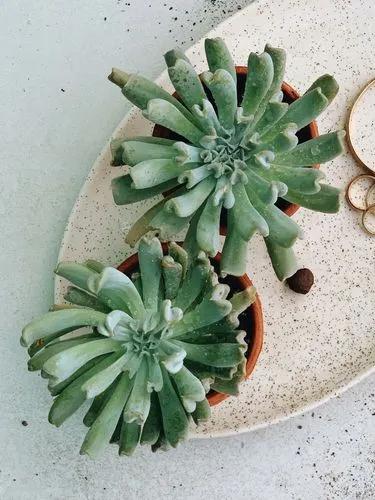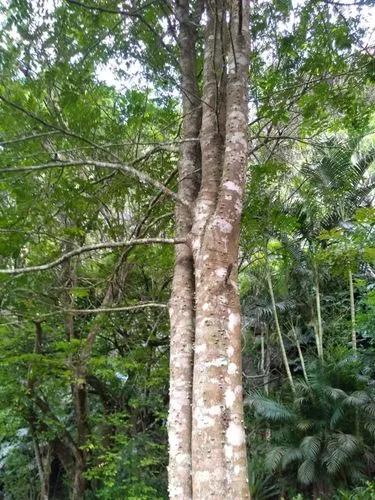White baneberry (Actaea pachypoda), also known as doll's eyes, is a popular plant to grow in gardens due to its striking visual interest. In addition to its clusters of tiny white flowers, the plant produces white berries with deep purple "pupils" that give them the appearance of a doll's eyes.It's best to plant seeds of this slow-growing perennial in late autumn or plant seedlings in the early spring after your last frost. The plant native to North America grows to around 2 feet tall on average. And while it can self-seed, it typically doesn’t spread aggressively and overtake other plants. This plant makes a nice, low-maintenance, ornamental addition to your landscape. In fact, because most wild animals (besides birds) ignore the berries, they tend to stay on the plants for a long time to provide visual interest. White baneberry is a native, not invasive, species, meaning it won’t upset the natural balance of flora. And it’s not that vigorous of a spreader in your garden; it typically stays contained to the area where you want it.
Doll's Eyes Care
Actaea Pachypoda
Other names: White Baneberry, Actaea Alba



How to Care for the Plant

Water

The plant's desire for moist soil will require it to receive regular watering, especially during hot, dry summers.

Pruning

White baneberry is fairly easy to get rid of because it’s not a vigorous spreader. To remove your plant, first, saturate the soil around it to make it easier to slide out the plant. Then, dig around the plant’s root ball and gently pry it out of the ground. Aim not to break the roots, as any piece of root left in the soil potentially can grow a new plant. Spend some time digging in the soil for remaining roots, and remove any you see. Remember to wear gardening gloves for this process, and carefully dispose of all the pieces of the plant.

Fertilizer

Planting in rich soil will eliminate the need for any fertilizer during the growing season. A thin layer of mulch applied in late fall or early winter will protect the roots before the frost season.

Sunlight

White baneberry is a wildflower that grows naturally in mature forests. Consequently, many people use this plant in their shade gardens, although it can tolerate areas with partial to full shade.

Soil

It is tolerant of most soil types as long as it has even moisture and good drainage. However, organically rich, humusy soil is ideal. It also prefers a slightly acidic to neutral soil pH.

Temperature

Its native area extends from Canada down to the state of Georgia and from the East Coast west to Minnesota. It grows best in USDA planting zones 3 to 8 so it can tolerate a wide range of temperatures and humidity conditions.

Additional

The "bane" in baneberry is a good clue that this is a poisonous plant. Historically, "bane" was a term used to mean killer or slayer, and it was often incorporated into names of plants that are toxic.White baneberry is toxic to humans and animals, including dogs, cats, horses, livestock, and rodents. However, birds can eat the berries without issue, which results in spreading the seeds through their droppings and propagating the plant.The glucosides in baneberry break down during digestion or when the plant is otherwise wounded and release the toxin protoanemonin, which can cause gastrointestinal issues, cardiac abnormalities, and even death.

Popularity

55 people already have this plant 23 people have added this plant to their wishlists
Discover more plants with the list below
Popular articles






